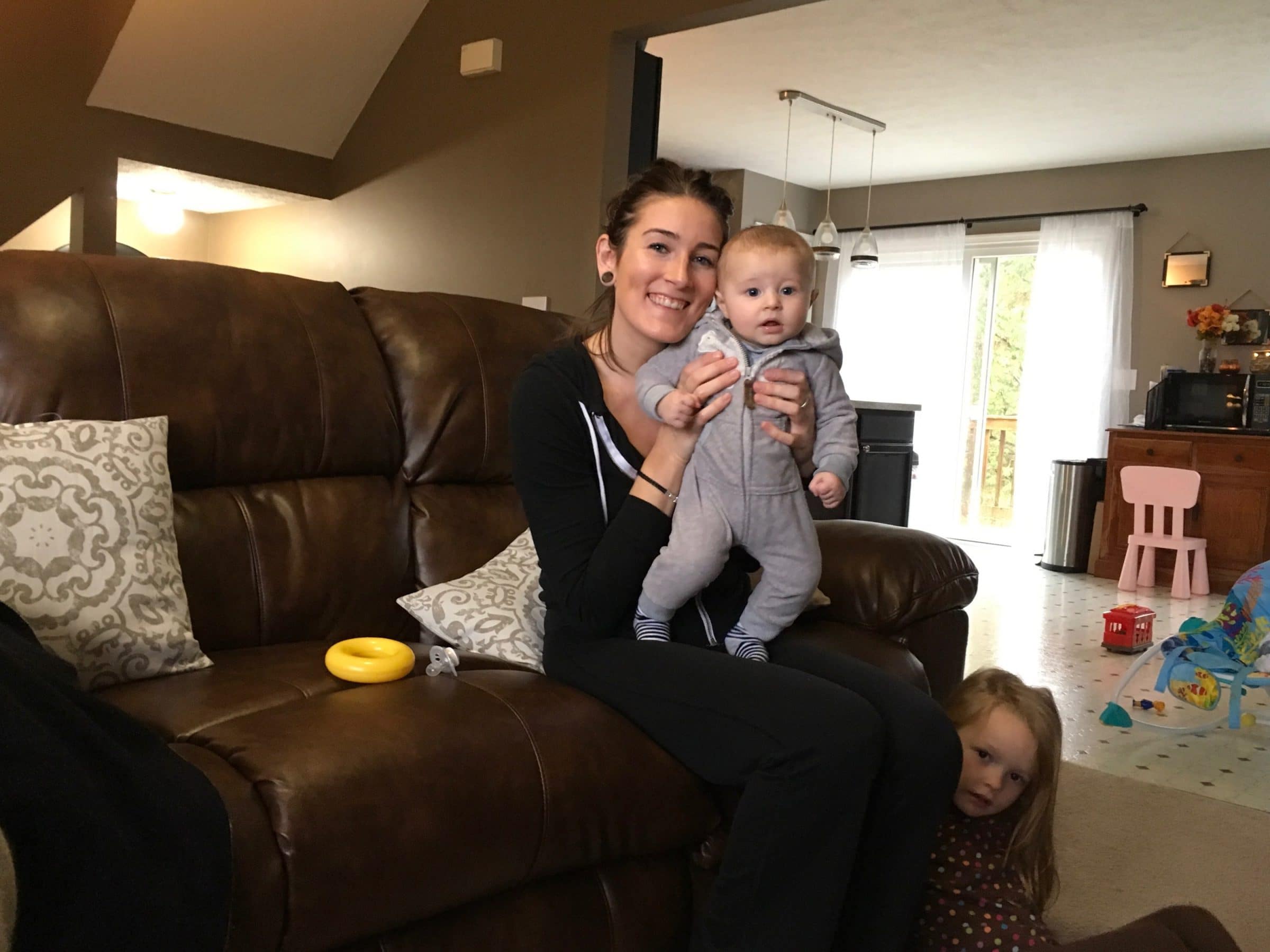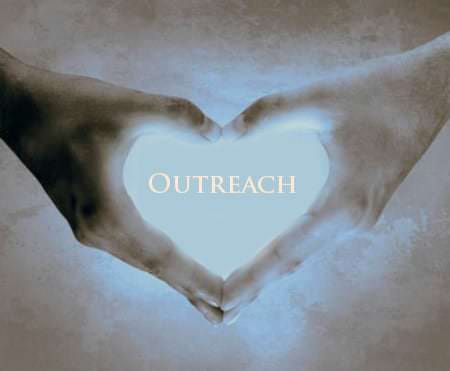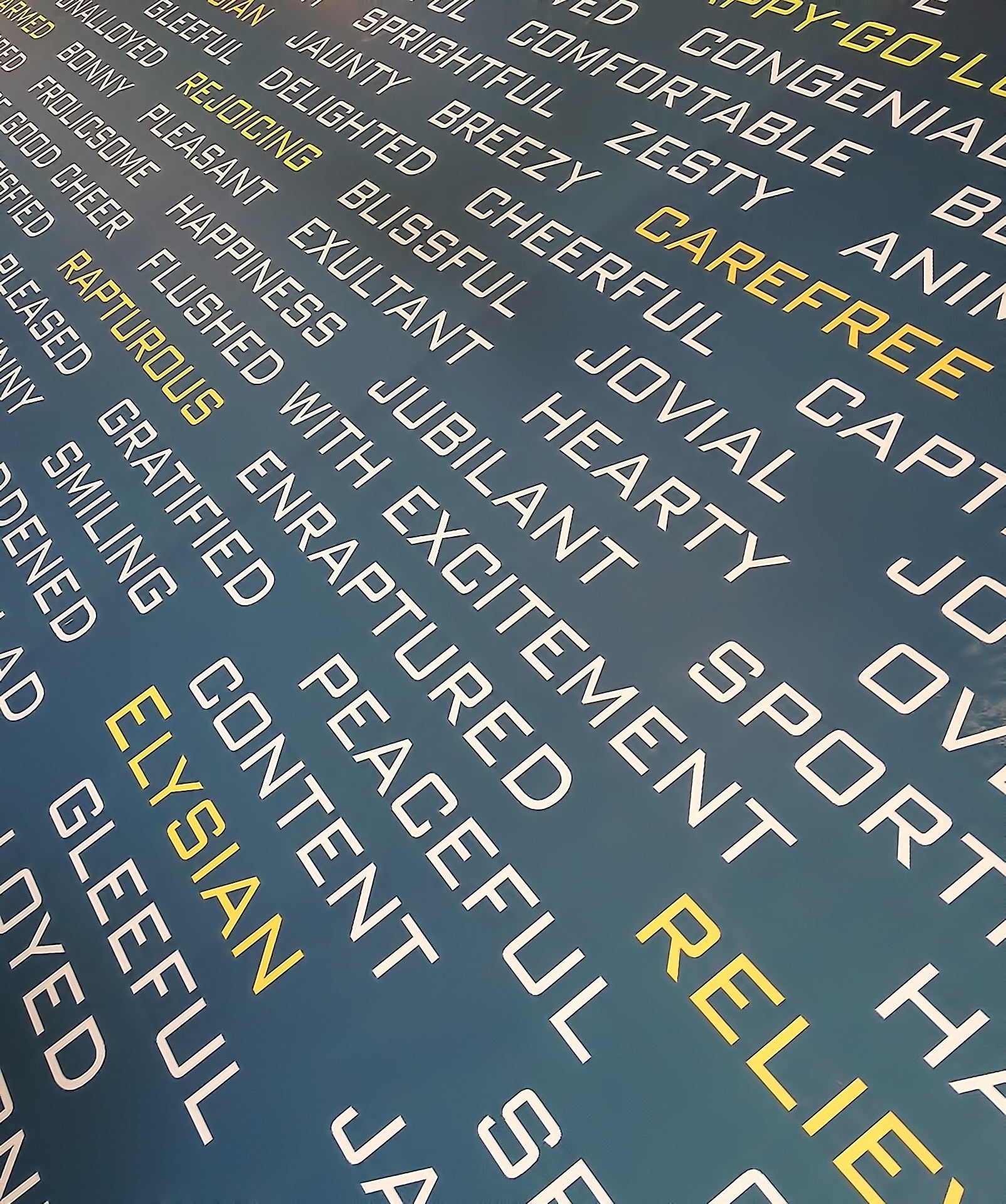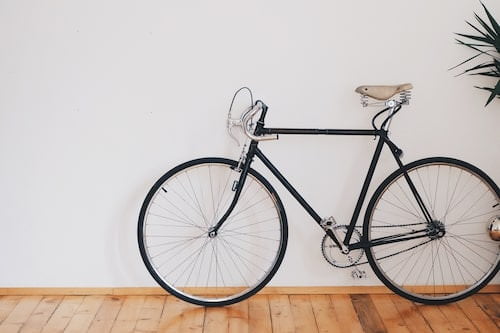Original Blog Date: May 30, 2014
Through my early tenure in the addictions field, the question of readiness for treatment and recovery was thought to be a pain quotient. We then believed that people didn’t enter recovery until they had “hit bottom.” If a person did not show evidence of such pain-induced readiness, they were often refused admission to treatment. Then we recognized that the reason it took people so long to “hit bottom” was that they were protected from the painful consequences of their alcohol and other drug use by people we called “enablers.” We then set about teaching enablers to stop rescuing and protecting their beloved but addicted family members.







